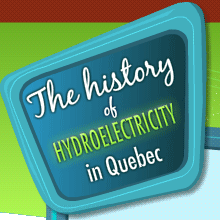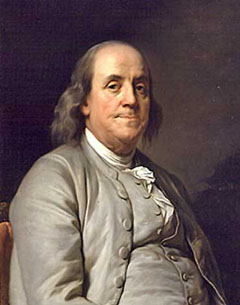Home > Science > The Dawn of Electricity > The First Scientists
The First Scientists
Mankind would have to wait some 2000 years after the observations of Thales of Miletus before others were to show interest in electricity. In 1600, William Gilbert, physician to Queen Elizabeth I of England, wrote a book entitled De Magnete (On Magnets). In his book, he compared the Earth to a giant magnet. He established a distinction between magnetic attraction and electrical attraction. He demonstrated that a magnet naturally attracts iron, while amber must be rubbed to attract light bodies. Gilbert was the first person to use the word electricity, which comes from the Greek word for amber: elektron.
Gilbert's work prompted more research on electricity. In 1660, Otto Von Guericke, German inventor and politician, developed the first electrostatic generator. His mechanical device consisted of a sulphur globe pierced by an iron rod that could be rotated. Rubbing the globe with a cloth or hand produced electricity.
In the 18th century, electricity was studied by a few isolated scientists. Progress was slow. However, experiments conducted in public were increasingly popular. The most famous is undoubtedly that of American writer and diplomat Benjamin Franklin. In 1752, in Philadelphia, he used a kite to prove the electrical charge in lightning. He was the first to identify the positive and negative charges of electricity. In 1729, another discovery by British textile dyer and astronomy enthusiast Stephen Gray demonstrated the existence of conductors and insulating materials.










